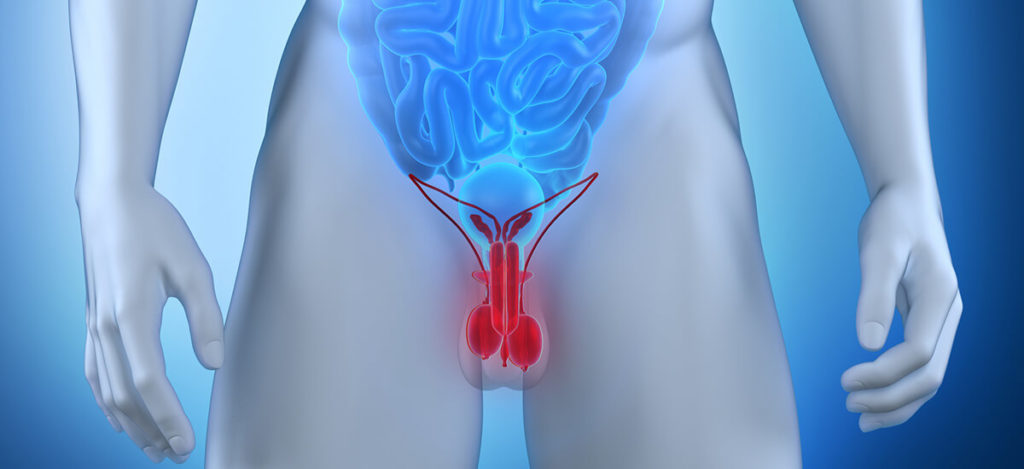RATIONALE: Radiation therapy uses high-energy x-rays to kill tumor cells and prevent the spread of cancer to the brain. It is not yet known if standard-dose radiation therapy is more effective than high-dose radiation therapy in preventing the spread of limited-stage small cell lung cancer cells to the brain.
Official Title
Phase III Randomized Study of High-Dose Versus Standard-Dose Prophylactic Cranial Radiotherapy in Patients With Limited Stage Small Cell Lung Cancer in Complete Remission
Conditions
– limited stage small cell lung cancer
Study Type
Interventional
Study Design
Treatment
Further Details
PURPOSE: Randomizedphase III trial to compare the effectiveness of two regimens of radiation therapy in treating patients who have limited-stage small cell lung cancer in complete remission. OBJECTIVES:Compare high-dose versus standard-dose prophylactic cranial radiotherapy in terms of the incidence of brain metastases and overall and disease free survival at 2 years in patients with limited stage small cell lung cancer in complete remission. Evaluate the quality of life and late sequelae in this patient population treated with these regimens. OUTLINE: This is a randomized, multicenter study. Patients are stratified according to participating center, age (60 and under vs over 60), and interval between the start of induction therapy and date of randomization (90 days or less vs 91-180 days vs more than 180 days). Patients are randomized into one of two treatment arms according to the prophylactic cranial radiotherapy dose. Arm I: Patients receive standard-dose prophylactic cranial radiotherapy (10 fractions/12 days). Patients receive high-dose prophylactic cranial radiotherapy administered over 16 or 24 days based on the choice of their treatment center. 18 fractions/24 days (conventional radiotherapy) OR 24 fractions/16 days (accelerated hyperfractionated radiotherapy) Patients with isolated brain failure may undergo further radiotherapy. Quality of life is assessed prior to randomization, at 6 months, at 1 year, and then annually thereafter.Patients are followed at least every 6 months for 2 years and then annually thereafter.PROJECTED ACCRUAL: A total of 700 patients will be accrued for this study within 3 years.
Study Start
Eligibility & Criteria
Ages Eligible for Study: up to 70 Years, Genders Eligible for Study: Both Criteria DISEASE CHARACTERISTICS:Histologically proven limited stage small cell lung cancer Complete response to induction therapy (at least on chest x-ray) Normal brain CT scan or MRI less than 1 month prior to study No metastases (including ipsilateral lung metastases and malignant pleural effusion) PATIENT CHARACTERISTICS: Age:70 and under Performance status:WHO 0-2 Life expectancy:Not specified Hematopoietic:Not specified Hepatic:Not specified Renal:Not specified Cardiovascular:No prior cardiovascular disease Other:No other prior malignancy except skin cancer or carcinoma in situ of the cervix PRIOR CONCURRENT THERAPY: Biologic therapy:Not specified Chemotherapy:See Disease Characteristics No concurrent chemotherapy Endocrine therapy:Concurrent steroids allowed Radiotherapy:Concurrent thoracic radiotherapy allowed Surgery:Not specified
Total Enrolment
Contact Details
[1] Institut Gustave Roussy[2] EORTC Radiotherapy Cooperative Group[3] EORTC Lung Cancer Cooperative GroupAustralia, New South WalesCampbelltown Hospital, Campbelltown, New South Wales, 2560, Australia; Recruiting S. Dellafiorentina, MD 00-61-2-4634-4355 Australia, VictoriaRadiation Oncology Victoria, East Melbourne, Victoria, 3002, Australia; Recruiting Samuel Leung, MD 61-3-94-18-2200 steung@radoncvic.com.auAll content and media on the HealthEngine Blog is created and published online for informational purposes only. It is not intended to be a substitute for professional medical advice and should not be relied on as health or personal advice. Always seek the guidance of your doctor or other qualified health professional with any questions you may have regarding your health or a medical condition. Never disregard the advice of a medical professional, or delay in seeking it because of something you have read on this Website. If you think you may have a medical emergency, call your doctor, go to the nearest hospital emergency department, or call the emergency services immediately.







